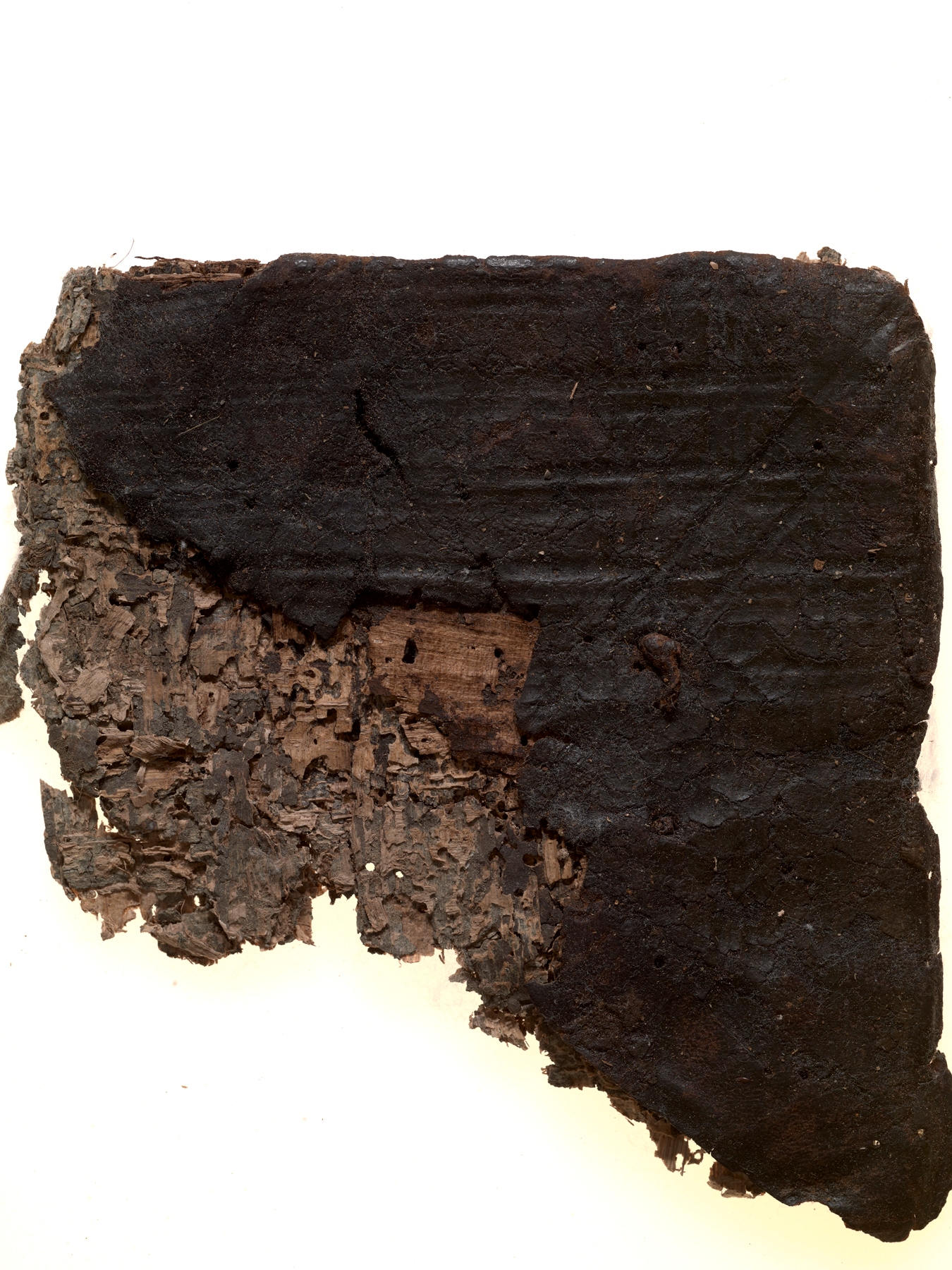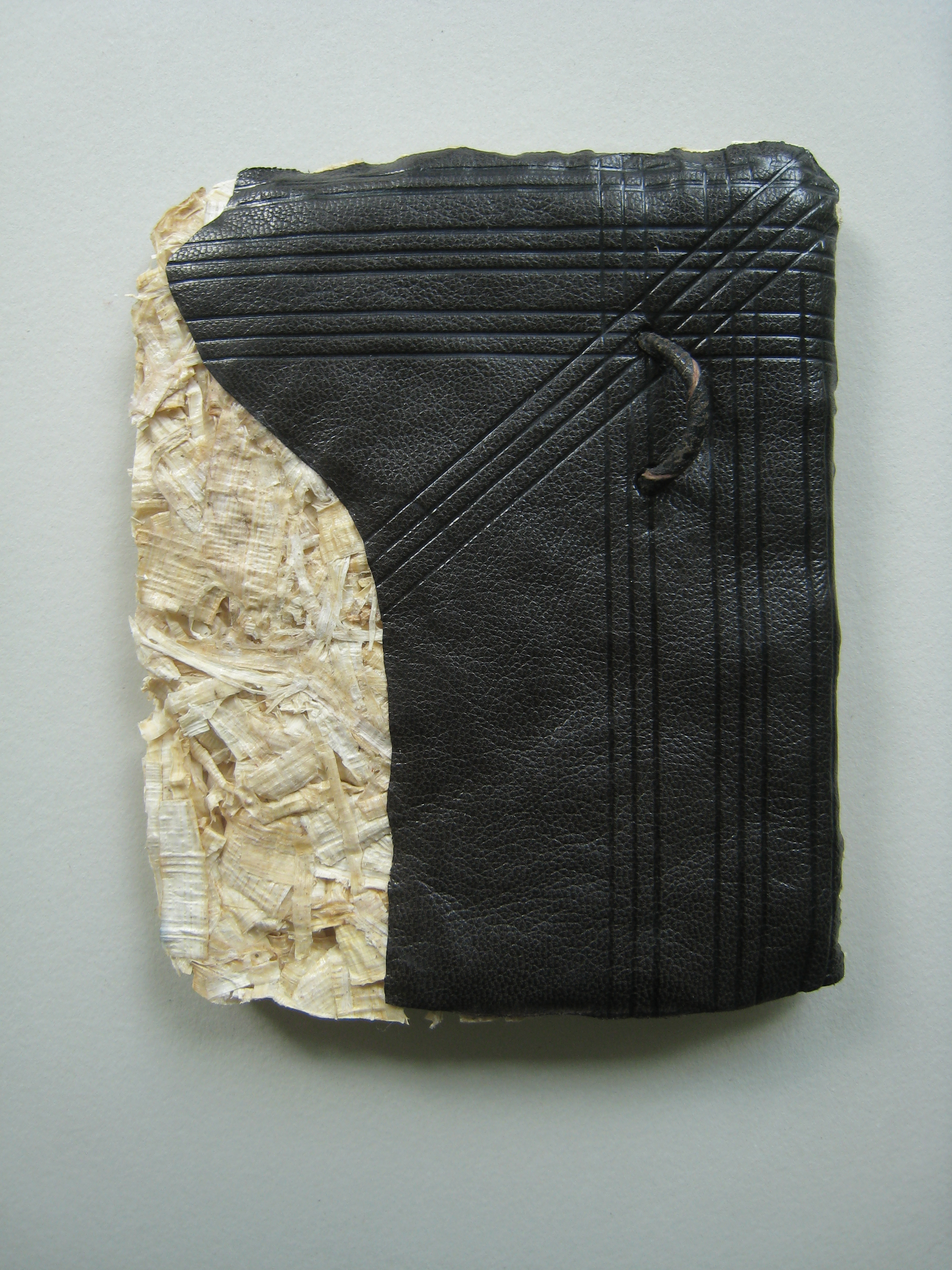This digital version is based on the extraordinary physical display that scholar of historical bookbindings and conservator, Julia Miller, curated for the University of Michigan Library in the summer of 2014.
There are still many questions about the origin and development of the early codex in antiquity. Why was the spread of Christianity in the fourth century a factor for the popularity of the codex? Was papyrus a material more suitable for the scroll, explaining then the stubborn persistence of this format throughout the Roman Empire? With Miller’s exhibit, scholars will have at their disposal unique primary sources, ranging from the third to the ninth centuries, which have been meticulously examined as never before. As an “archeology of the book”, these fragments can certainly contribute to our knowledge of the early codex, and inspire other scholars to do further research. Now they are virtually available to everyone! As Miller states in her vision:
The purpose of this exhibit is to show these fragments, describe them, and challenge the viewer to study the fragments themselves, and imagine them as they were once part of a valued and valuable early codex.

P. Mich. Inv. 7078: A Decorated Leather Fragment
(12. 9 cm x 11.5 cm)

Tooled Leather Model of P. Mich. Inv. 7078